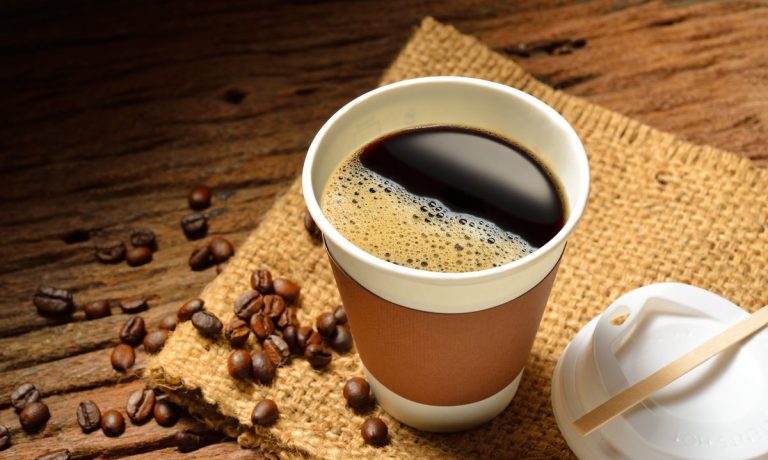
Coffee on the go is coming back. This week, Starbucks, Nestlé, Keurig Dr Pepper, and Restaurant Brands International (RBI) all reported that coffee away-from-home purchases were on the rise in their most recent quarter, even as at-home sales remained flat or elevated. This may be due in part to the fact that it is a growing market — as Starbucks CEO, Director and President Kevin Johnson noted to analysts on a call Tuesday (July 27), the global coffee market is growing more than 8 percent each year, expected to reach $400 billion in the next few years. Still, away-from-home coffee vendors are impacted by the continuation of remote work.
Restaurants are taking note of the strong demand for coffee both at home and away, which persists even as shortages drive up prices. Many chains are adding new coffee beverages to menus and promoting their existing offerings. For its part, Pret A Manger is targeting convenience-seeking consumers on the go with forthcoming vending machines, per an Intellectual Property Office filing viewed by the Financial Times. The chain also just ended its existing coffee pass program to make room for the Pret Coffee Subscription program, offering tiers of unlimited coffee options for a set monthly rate, coming in September.
“I think people felt liberated to go back out and wanted to enjoy a coffee on the go,” Keurig Dr Pepper Chairman and CEO Robert Gamgort told analysts Thursday (July 29). “The one area that has been lagging and continues to lag is office. So even with the strong numbers that we have in our coffee business, we’re still getting a fairly significant headwind out of the away-from-home business, which for us is concentrated in offices.”
Nestlé noted that coffee sales were a key driver of growth, adding that its overall out-of-home channels grew 21.3 percent. Nestlé and Starbucks co-branded products saw 17 percent sales growth, and Nescafé and Nespresso products also saw “strong demand.”
RBI CEO José Cil noted that coffee sales saw double-digit growth, with both Cil and Johnson highlighting the growing coffee market in China. Additionally, both CEOs discussed the strength in coffee drive-thrus right now, even as other on-the-go channels recover more slowly. Cil noted that RBI is updating the Tim Hortons drive-thru experience with digital menu boards, allowing the company to use analytics to offer data-informed recommendations. For Starbucks’ part, Johnson noted that drive-thru orders represented 47 percent of all transactions in the quarter and that new store formats are increasing efficiency and driving sales growth.
“We continue to see strong sales recovery in the rural and suburban areas of the business, and in particular drive-thru, where drive-thrus are most common. That is helping us to drive larger orders and higher ticket,” said Starbucks Chief Operating Officer John Culver, adding that, in the “central business district and the urban core,” the company saw positive comparable sales growth for the first time since Q1 2020, giving Starbucks “even more optimism for the future recovery of the business.”
Speaking to the business’s overall recovery, Starbucks CFO Rachel Marie Ruggeri noted that transactions are at around 90 percent of pre-pandemic levels, adding, “We’ve got a lot of room to go, to grow back to a more normalized rate.”